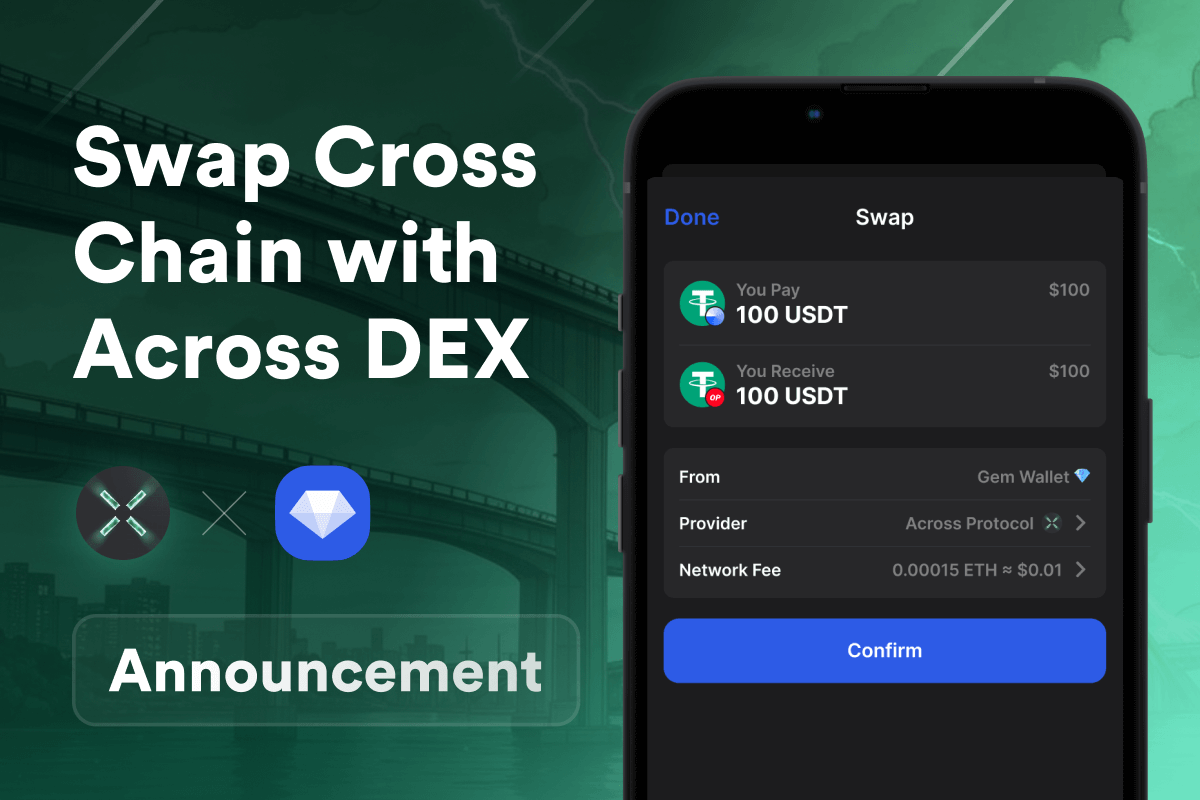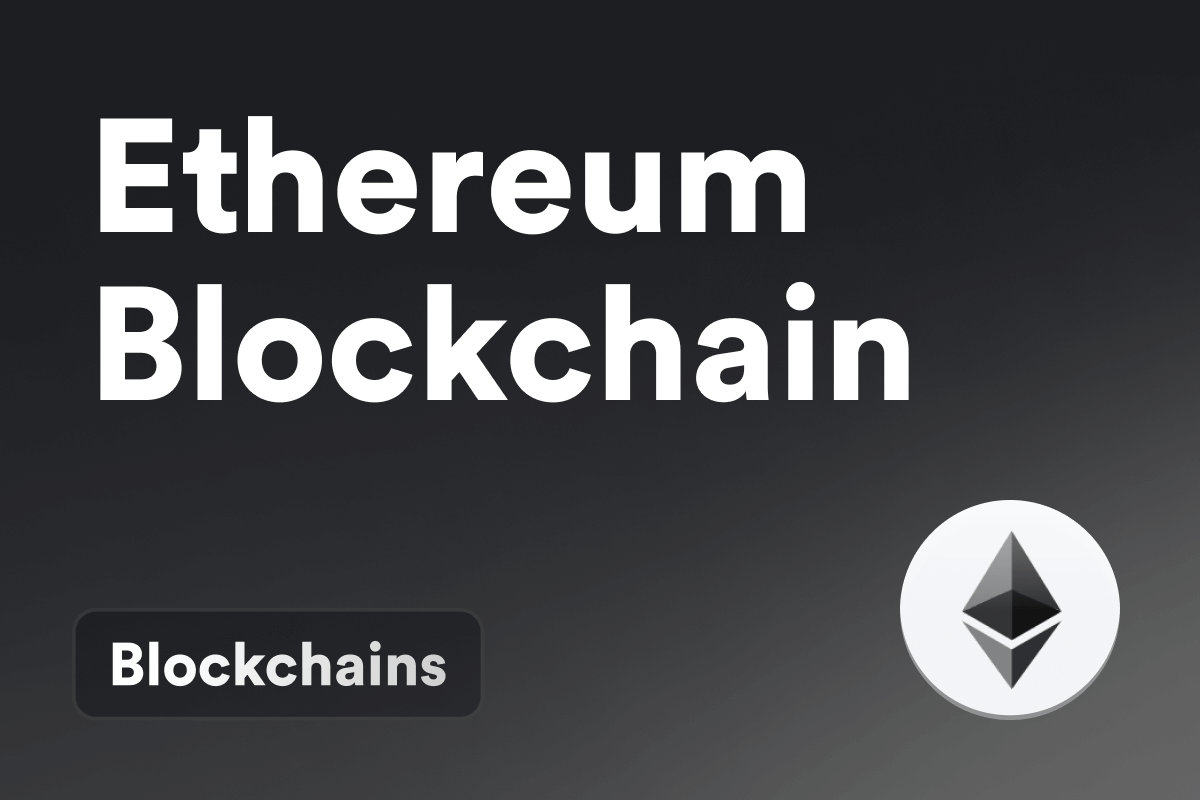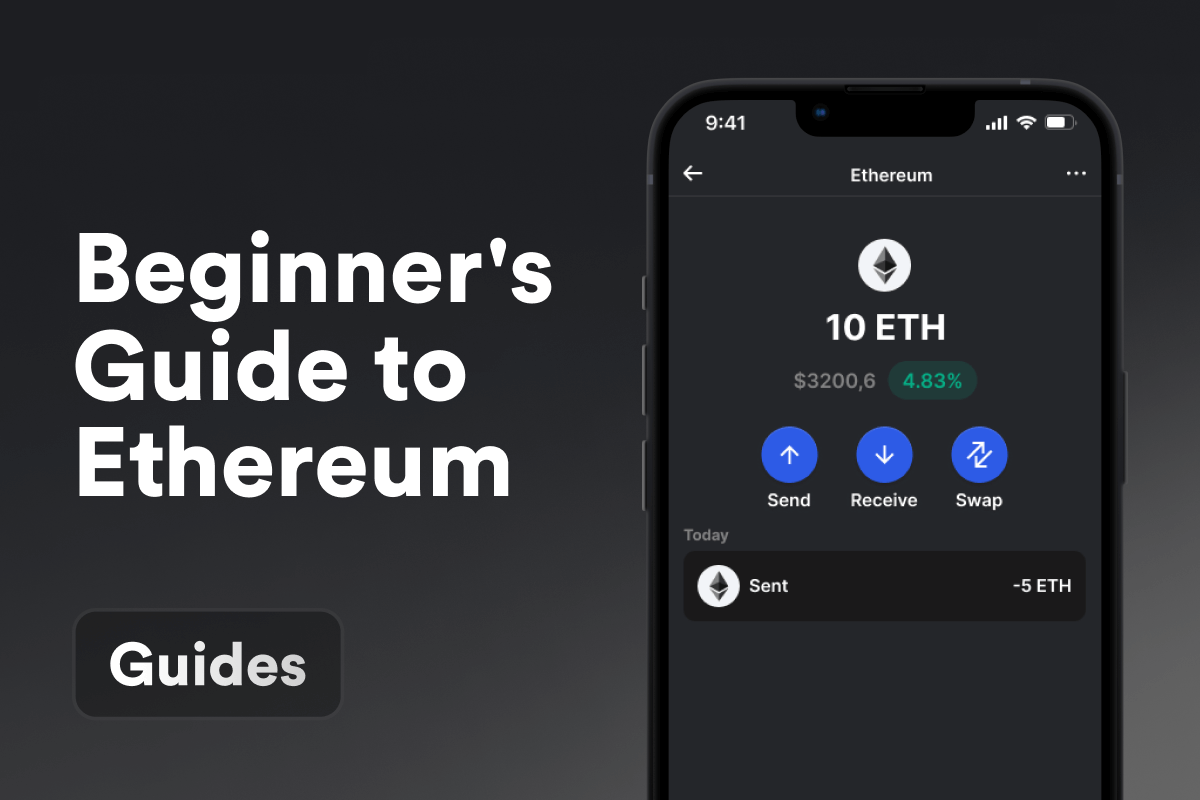
What Is Ethereum Blockchain?
Ethereum, often hailed as the second most popular blockchain after Bitcoin, is much more than just a cryptocurrency. It’s a decentralized platform that enables the creation and execution of smart contracts and decentralized applications (DApps). In this beginner’s guide, we’ll walk you through the basics of Ethereum, from understanding its underlying technology to exploring its vibrant ecosystem. Whether you’re new to blockchain or looking to deepen your knowledge, this guide will equip you with the essential information to navigate the Ethereum landscape with confidence.
Brief History and Development
Since its inception in 2015, Ethereum, developed by Vitalik Buterin, has swiftly emerged as one of the leading blockchains globally. In July 2015, the initial development stage, named “Frontier,” was launched, allowing developers to experiment with smart contract creation. The year 2016 marked a pivotal moment for Ethereum with the creation of the Decentralized Autonomous Organization (DAO), although this period also became known for a major hacking incident. Following a hard fork in July 2016, which split the network into Ethereum (ETH) and Ethereum Classic (ETC), the project continued its development trajectory, attracting attention from both cryptocurrency investors and major corporations. In 2021, the launch of Ethereum 2.0, transitioning to the Proof of Stake consensus mechanism, sparked widespread interest in the network’s prospects.
Differences Between Ethereum and Other Blockchains
The main aspect that sets Ethereum apart from other, newer blockchains is its widespread adoption and time-tested reliability, proven by billions of transactions. Additionally, developers continue to enhance and introduce new features, making the blockchain more convenient, faster, and scalable. However, security remains the foremost distinguishing factor, distinguishing it from others. This combination of factors contributes to Ethereum’s immense popularity.
What You Need to Know About Ethereum Ecosystem
Ethereum offers extensive opportunities for realizing a wide array of applications and projects. Smart contracts, DEX (decentralized exchanges), and NFTs are among the primary, but not the only, directions in which the ecosystem is evolving. Development continues around the clock for both Ethereum itself and the applications operating on this blockchain. Let’s consider some prominent representatives of the Ethereum ecosystem:
Uniswap: A Leading Decentralized Exchange on Ethereum Blockchain
Uniswap, launched in November 2018, is a decentralized exchange on the Ethereum blockchain known for its automated trading of decentralized finance (DeFi) tokens. It operates without a central authority, providing secure direct transactions between users. Over the last 30 days, Uniswap has handled transactions worth approximately $118.46 billion. To date, it has attracted about 3.9 million unique addresses, underscoring its significant role and growing popularity within the DeFi community.
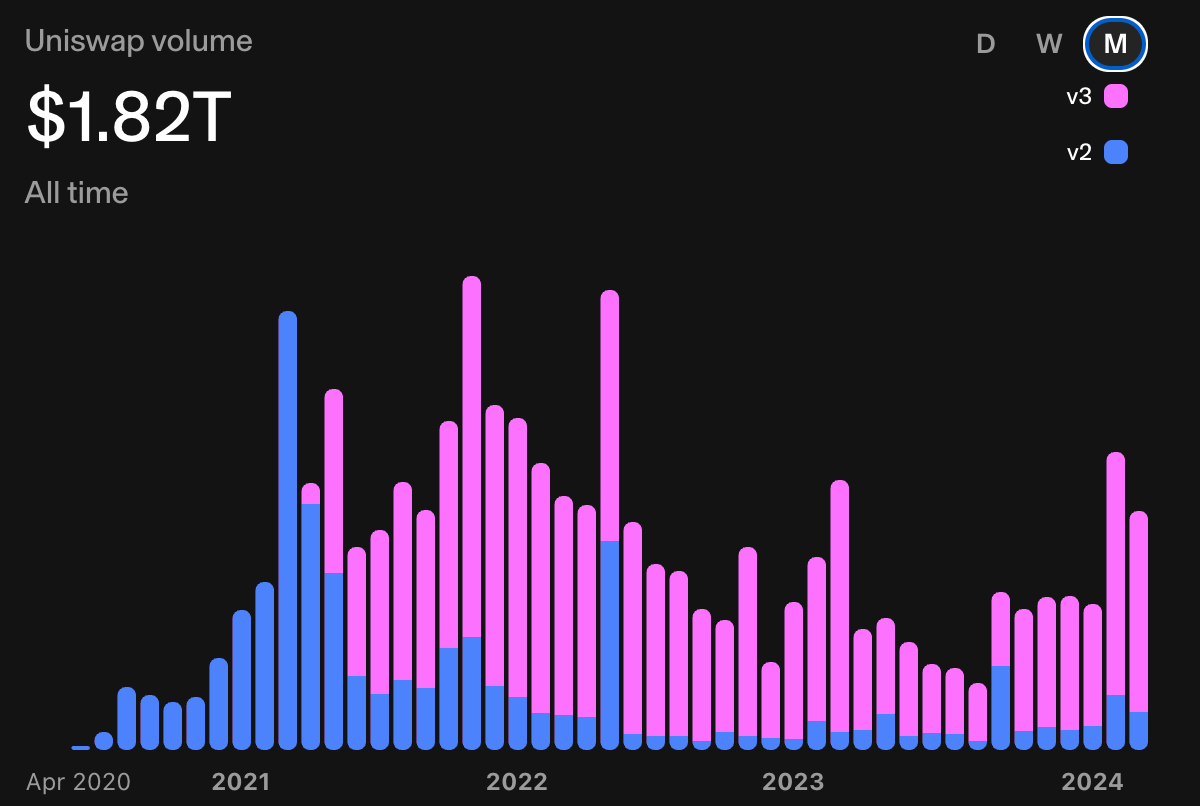 Trading Volume on Uniswap DEX. Source: app.uniswap.org/explore
Trading Volume on Uniswap DEX. Source: app.uniswap.org/explore
OpenSea: The Largest Digital Marketplace for Trading NFTs
OpenSea, launched in December 2017, is a premier marketplace for non-fungible tokens (NFTs), offering a platform to buy, sell, and explore a wide range of digital items like art and collectibles. Recently, it recorded a substantial trading volume of approximately $2.91 billion over the last 30 days, with about 60,000 new wallets interacting on the platform, highlighting its central role in the expanding NFT market.
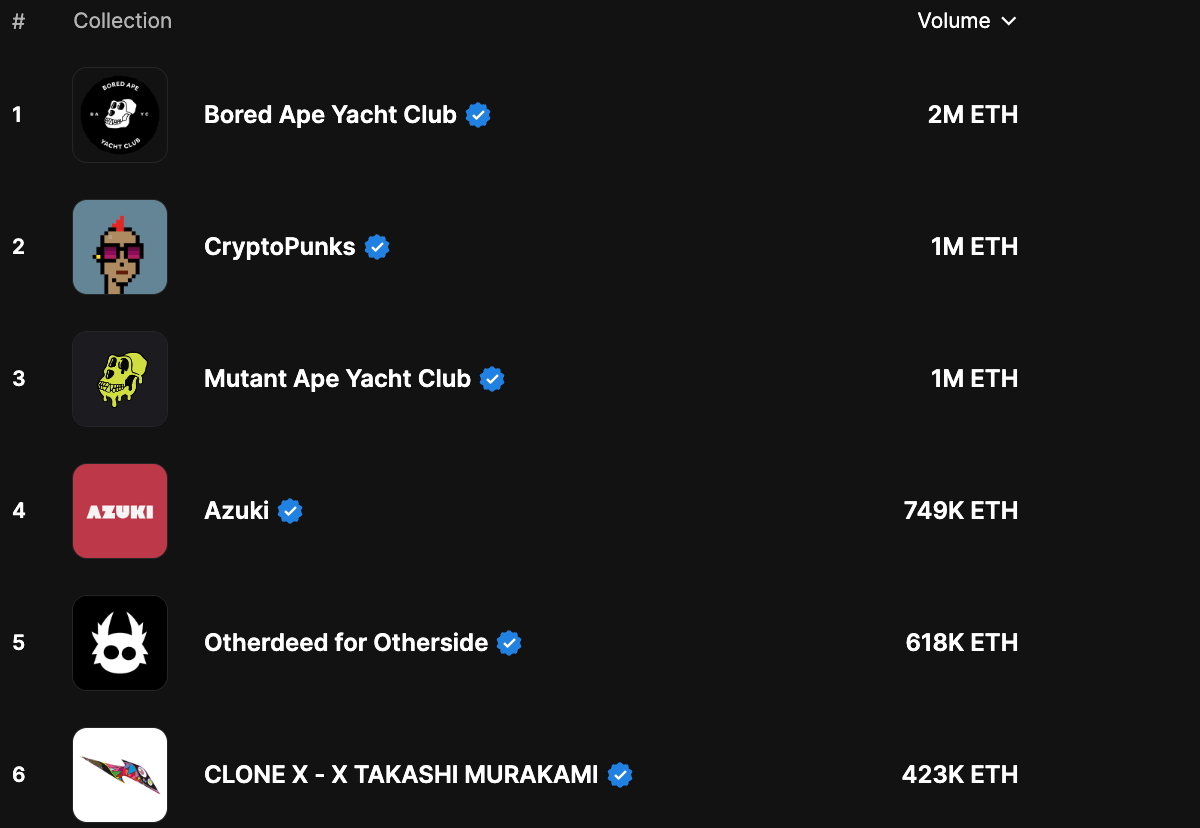 Top NFT Collections on Ethereum. Source: OpenSea.io
Top NFT Collections on Ethereum. Source: OpenSea.io
ERC-20: Tokens for Every Taste
Thanks to Ethereum being one of the oldest and most reliable blockchains, many projects release their tokens following the ERC20 standard. This makes sense, especially when dealing with billions of dollars (for example, the USDC ERC20 stablecoin), where security and reliability become decisive factors over the speed and slightly lower fees of other blockchains. ERC20 is one of Ethereum’s main strengths, playing a significant role in popularizing the Ethereum blockchain. After all, every user wishing to interact with ERC20 tokens needs a suitable ERC20 wallet and a bit of Ethereum to pay network fees.
There are quite a few tokens issued on ERC20. Here are some of the popular ones:
Getting Started With Ethereum Blockchain
Starting to work with Ethereum is very simple - just follow these three easy steps that will help you with basic setup and preparation for full-fledged interaction with this blockchain.
Setting Up a Ethereum Wallet
The first thing you’ll need to start working with the Ethereum blockchain is an Ethereum wallet. You can download the Gem Wallet - a self-custodial mobile wallet with open-source code that not only provides you with security and convenience but also doubles as an ERC20 wallet. This means you can manage not only your ETH but also all ERC20 tokens issued on the Ethereum blockchain. After installing and setting up the wallet, you’ll be able to receive ETH and ERC20 tokens to your address, store and send them, as well as gain access to more advanced features.
How to Acquire Ethereum
The next step will be acquiring ETH - there are two popular methods. Firstly, you can receive tokens by transferring them from your exchange account or from friends. Secondly, you can always purchase ETH using a credit card. Buying ETH is a safe and fast way to acquire the desired amount of tokens directly to your wallet, without the need for additional complex registrations.
Swap ERC20
Additionally, if you need a specific ERC20 token, you can always swap your ETH for the desired token. This is a standard procedure in DeFi, which occurs automatically through the execution of smart contracts.
Stake ETH
If you don’t plan to spend your ETH in the near future, a sensible decision would be to send them for staking. For investors, this is an opportunity to passively earn additional tokens on their capital without requiring any additional actions. Simply select the Staking section in your wallet and deposit the desired amount.
